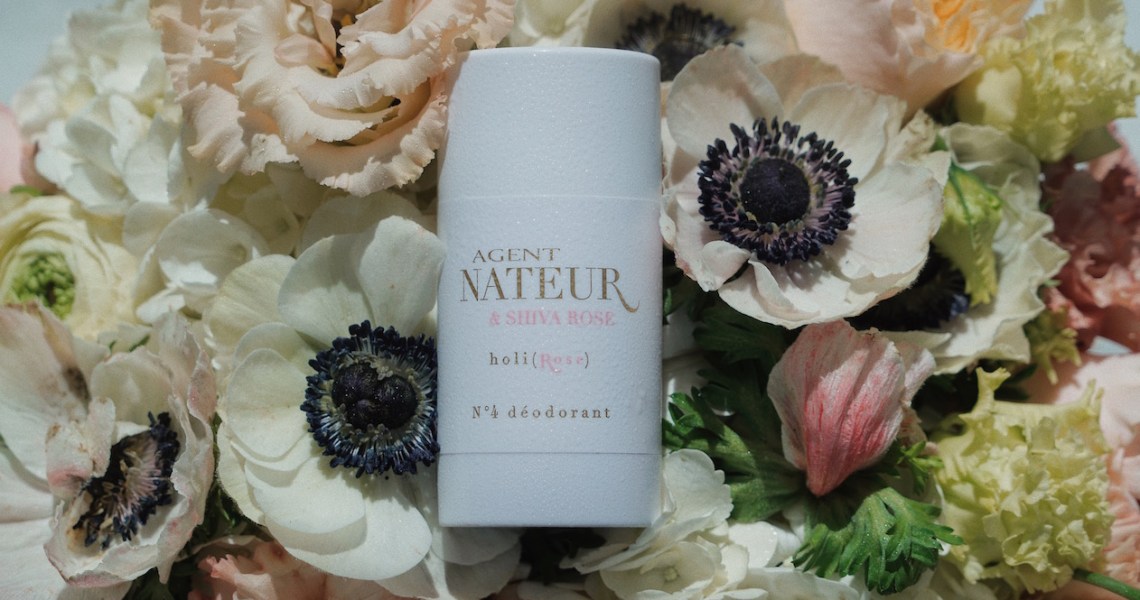Today, brands are marketing and producing products in a way that appeals to both the beauty and consumer-packaged-goods categories. The segments which were once separate and distinct are increasingly mingling.
Until recently, skin care was considered the domain of the beauty market, and personal-care products such as deodorant and feminine hygiene solely resided in CPG. However, companies such as luxury beauty brand Agent Nateur, skin-care brands Farmacy and Kopari, and sexual wellness lines like Lola and The Honey Pot are trying to appeal to both camps, mainly by being aesthetically relevant as well as functional. The convergence has ultimately pushed historically unsexy personal-care products toward innovation in ingredients, design and marketing.
Agent Nateur, which launched in 2014 with natural deodorants priced at $21, opted to market its products as a perfume in order to convey the idea of luxury and quality, according to Jena Covello, founder and CEO of Agent Nateur. The brand currently retails at Violet Grey, C.O. Bigelow and Detox Market. In 2017, it expanded its portfolio to also include more traditional beauty products, including a face toner, a serum and an ingestible beauty powder. In the first quarter of 2019, sales for the brand increased 400% year over year, in part because the brand launched three new products: a shave oil, a bath oil and a best-selling beauty kit in March.
To convey the idea of beauty melding with CPG, Agent Nateur set out to establish a social media presence featuring product ingredients, such as rose, coconut oil and sandalwood. As such, the brand’s Instagram page, where it has approximately 50,000 followers, frequently features flowers, fruits and nature. When the brand launched its Holi (rose) scented deodorant, it used non-traditional words and phrases like “sensual,” “exotic blend” and “vibrates with passion” in the product descriptions.
“I think people were very intrigued by [Holi], because at the time, who was describing deodorant this way?” she said. “I wanted to set myself apart.”
Women’s hygiene has also seen a renaissance of its own, thanks to sexual wellness — this segment is projected to grow to over $37 billion globally by 2022. Indie brand The Honey Pot, which retails at Free People and Target and is projected to earn $20 million in 2019 sales, sells products like tampons, lubricant and body balms. For its part, the brand is trying to change the way the consumer sees CPG and beauty by how it showcases products, both from a creative standpoint and a functional one, said Beatrice Feliu-Espada, founder and CEO of The Honey Pot.
The brand’s strategy is creating products infused with ingredients often found in beauty products, like essential oils or a hemp balm.
Ad position: web_incontent_pos1
“CPG is no longer solely about function but also about creating an aspirational brand that compels consumers to want to invest in a lifestyle,” said Feliu-Espada. “We want our customer to view shopping for her personal-care products with the same excitement as she does her favorite skin-care or beauty product.”
Sign up for our new Glossy Beauty and Wellness Briefing, a weekly newsletter coming in April that will provide deep-dive analyses, emerging trends and insider insights in the growing beauty and wellness industries.




